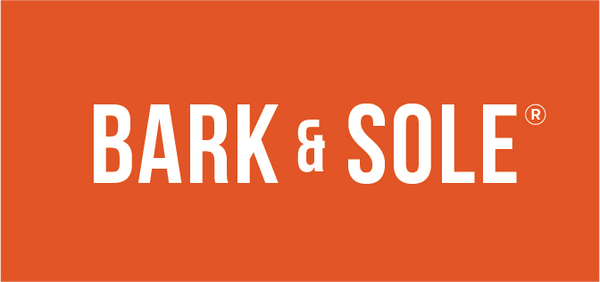
How to find the best fitting dog shoes for my dog?
Share
We have all been there. The endless struggle to find fit dog shoes for a dog is frustrating.
We advice to:
1. Be clear on your why
2. Know your dog’s paw shape
3. Know your measurements
4. Know your dog’s breed-specific needs
5. Comfort equals success
________________________________
1. Be Clear on Your Why – Why Does My Dog Need Shoes?
We focus on making shoes for dogs that truly need them—whether for medical reasons, mobility issues, or paw protection. Fashion is fun, but our priority is function. If your dog doesn’t require shoes, there’s no need to get them!
The most common reasons to purchase dog shoes:
a) Protecting paws during injuries, inflammation, and cracks
b) Shielding knuckles and claws when a dog drags its feet
c) Preventing paw burns from hot pavement
d) Protecting paws from cold winds, dampness, snow, and ice
e) Guarding against harmful chemicals like pesticides and de-icers
________________________________
2. Know Your Dog’s Paw Shape
Common dog paw shapes are:
a) Oval (longer than wide) – Whippets, Labradoodles, German Shepherds
b) Oval (wider than long) – French Bulldogs
c) Round – Pugs, Corgis
The challenge with traditional dog shoes
The dog shoe industry follows a one-paw-shape-fits-all approach, making traditional dog shoes awkward and clumsy. There’s extra space where there shouldn’t be, and tightness where there should be room. Your dog ends up walking like they’re wearing a pair of shoes two sizes too big—no wonder they’d rather go barefoot!
________________________________
3. Know Your Dog’s Paw Measurements
Not all dogs like having their paws measured, making this step tricky for some dog owners. However, it’s essential to ensure your dog will actually wear the shoes.
Most dog shoes feel uncomfortable if the paws aren’t measured properly. So take your time!
Did you know? Hind legs are normally 15-20% smaller than forelegs, so don’t buy the same size for both.
Remember how awful ill-fitting shoes felt on your feet? Why should your dog have to experience that?
________________________________
4. Know Your Dog’s Breed-Specific Needs
Each dog breed has specific paw characteristics. Did you know that dew claws and carpal pads are positioned differently depending on the breed?
You should know your dog’s dew claw and carpal pad positions because most dog shoes fasten with a strap, and incorrect positioning might cause discomfort.
________________________________
5. Comfort Equals Success
Dog shoes need to be comfortable to stand a chance of actually being worn. Stubborn dogs won’t tolerate uncomfortable shoes. The more comfortable they are, the more likely your dog will give them a try!
70% of dog shoes go unused and are eventually thrown away because they aren’t comfortable. This isn’t sustainable—what a waste of resources!
Why do dog shoes end up uncomfortable?
a) Wrong shoe shape → too tight or too loose
b) Incorrect measurements → shoes don’t fit
c) Poor fit for the breed → fastening strap in the wrong position
________________________________
CONCLUSION: Custom-Made Dog Shoes Give You the Best Chance of Success
With custom-made dog shoes, you have the highest chance of success in protecting your dog’s paws. They are:
a) Comfortable
b) Perfectly fitted
c) Designed to stay on
Custom-made shoes are also the most sustainable option—no more wasted, unused dog shoes!
Check out our most affordable custom-made dog shoes. Why not give them a try?
